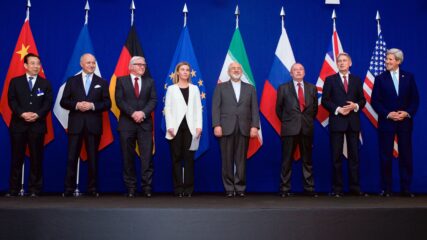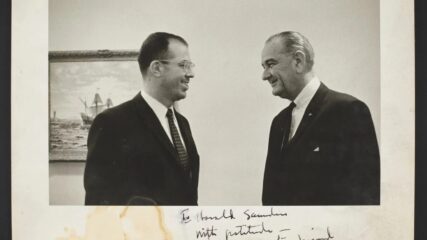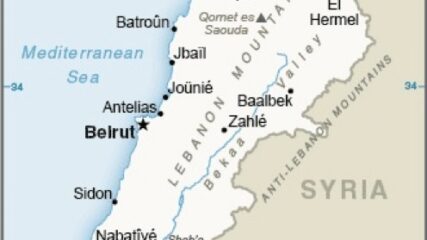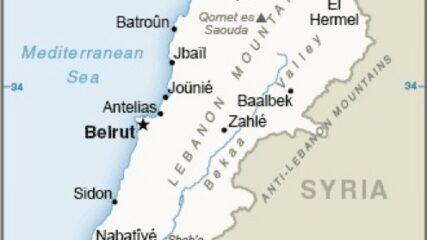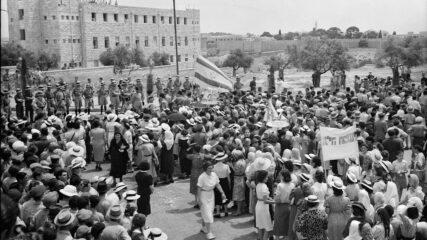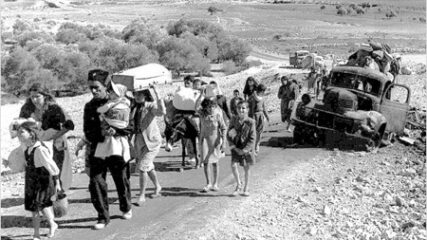Egyptian-Drafted U.N. Security Council Resolution 2334 on Israeli Settlements and East Jerusalem, 2016
With less than a month left in the Obama administration, the U.S. abstains on a Security Council resolution that blames Israel for the stalled peace process, lambastes Israeli settlements and repeatedly calls East Jerusalem occupied territory.





